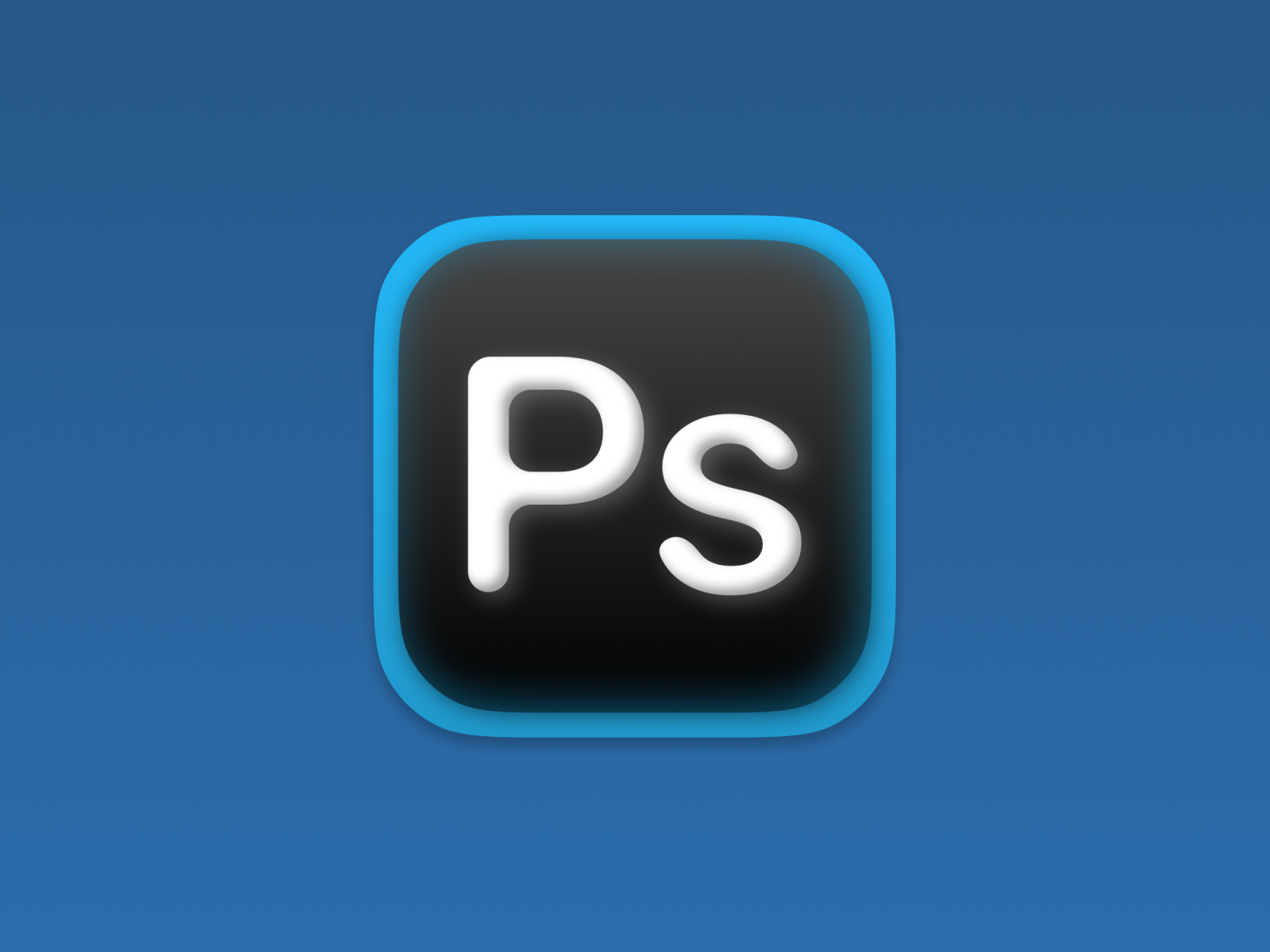
When adding an additional element, consider the alignment and balance of the icon. Place the glyph near the top left of the base element. To achieve ideal alignment and balance, avoid obstructing the icon's base element with action glyphs. Icon centered and aligned to the top of the frame Icon aligned to the top right of the frame If that is not possible, align the icon to the top and/or right of the frame.
#Icon photodesk windows
VB Windows Control Library Project icons, 16x16 and 32x32Ĭenter an icon within its pixel frame. The 32x32 versions have more details, including the project type when applicable. Most 16x16 icons contain the same elements. There are contexts, however, in which a notification should be stacked on the base element, such as with the Task Complete icon: Status notification elements are better used as standalone icons. Stack elements as shown for standard 16x16 icons: In tree views, do not use both the folder icon and a modifier.
#Icon photodesk plus
The left-facing variant with the plus sign or minus sign should represent only zoom in/zoom out. The right-facing magnifying glass icon should represent only Search, Find, and Browse. A lens metaphor may be used to indicate the concept of "view" if necessary, such as with the Resource View example. The concept of "show" should be represented by the icon which best illustrates what is being shown, such as with the Show All Files example. Without the document element on Add Document (below) the meaning is lost, whereas with Refresh the document element is unnecessary to communicate the meaning.

Add Window is one such example: Correct UI element in an iconĭon't use a document as a base element unless it is essential to the icon's meaning. There are instances in which standard, easily recognizable UI elements do work well for icons. Note that the meaning of the abstract tag on the left is more obvious than the vague, UI-based version on the right: Correct use of symbolic imagery Opt for the symbolic in these cases, such as with the Smart Tag icon. Don't use unclear or uncommon UI objects for your icon elements. Carefully consider the icon type during development. Visual Studio has within its UI a wide variety of icon types. A simple image that can be easily recognized or learned as a recognizable symbol is much more useful than an overly complex image. For example, the right-facing magnifying glass should indicate only Search, Browse, and Find.Īlthough some legacy icon elements maintain the use of perspective, don't create new icons with perspective unless the element lacks clarity without it.ĭon't cram too much information into an icon. Use such elements only when essential to the icon's meaning. Choose a more abstract or symbolic approach when the UI element is neither common, evident, nor unique.ĭon't overuse common elements like documents, folders, arrows, and the magnifying glass. With icons, there are a number of design points to avoid:ĭon't use icons that signify UI elements except when appropriate. Simplification: reduce the icon to its core meaning - get the theme across with just the necessary element(s) and no frills.Ĭontext: consider all aspects of an icon's role during concept development, which is crucial when deciding which elements constitute the icon's core metaphor. Crucial icon design points center around clarity, simplification, and context.Ĭlarity: focus on the core metaphor that gives an icon its meaning and individuality. Visual Studio uses modern-style icons, which have clean geometry and a 50/50 balance of positive/negative (light/dark), and use direct, understandable metaphors.

Used to indicate whether an operation is allowed using the mouse, where an object may be dropped, and so on. Used in progress indicators, status bars, and operation dialogs.Ĭursors. Use infrequently and only when necessary to illustrate a difficult concept or gain the user's attention (alert, warning).Īnimated images. Images that appear in dialogs or wizards, either as descriptive graphics or message indicators. Images used in the preview area of a dialog, such as the New Project dialog.ĭialog images. Consult Menus and Commands for Visual Studio to see whether your command should get an icon. While images are used in the menu system, you should not create an icon for every command.


 0 kommentar(er)
0 kommentar(er)
